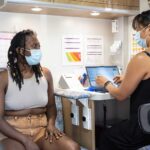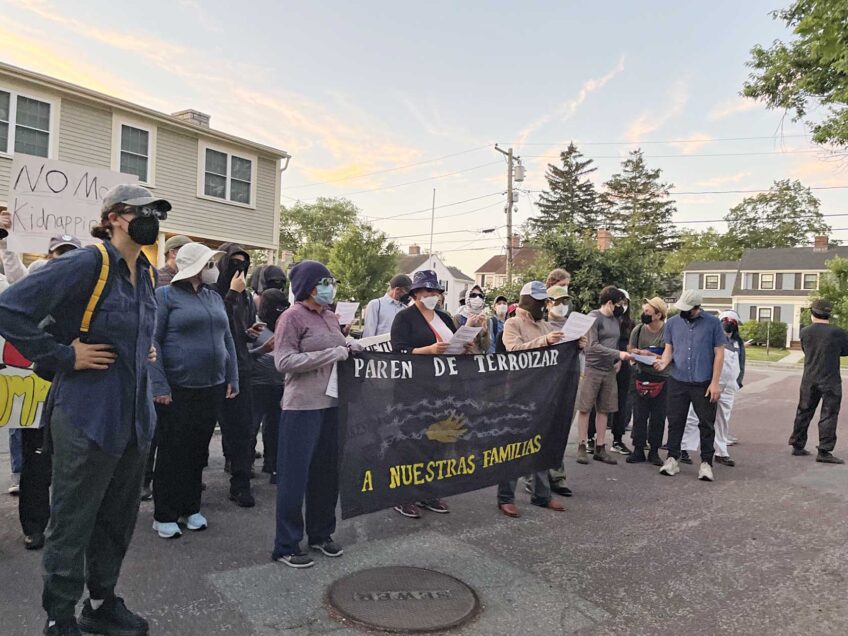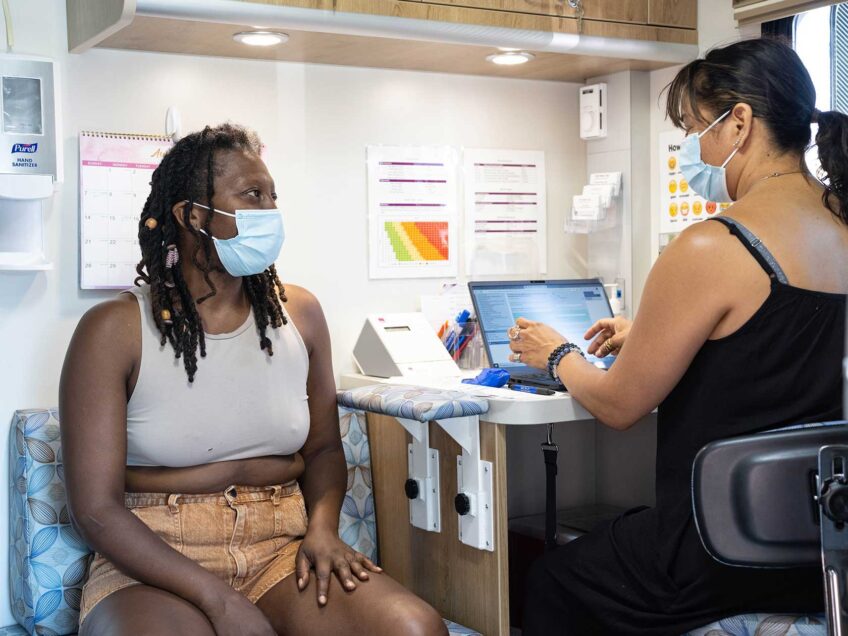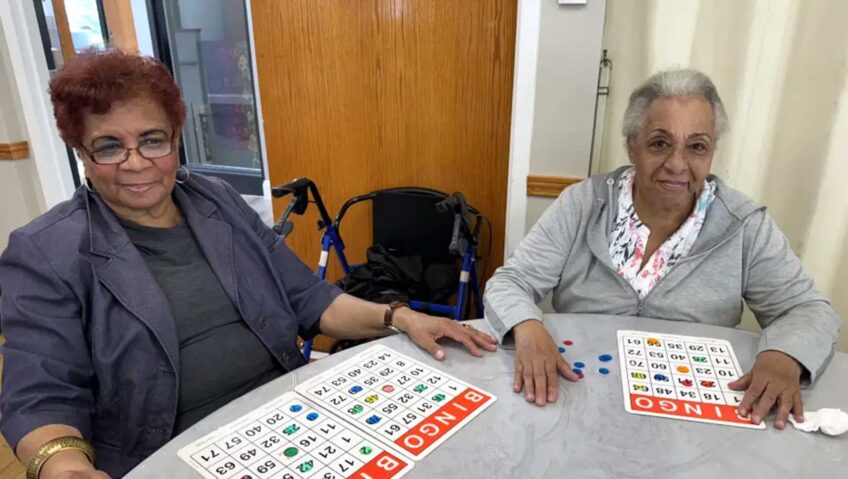A new approach to school mergers?
Skipper says BPS will involve communities
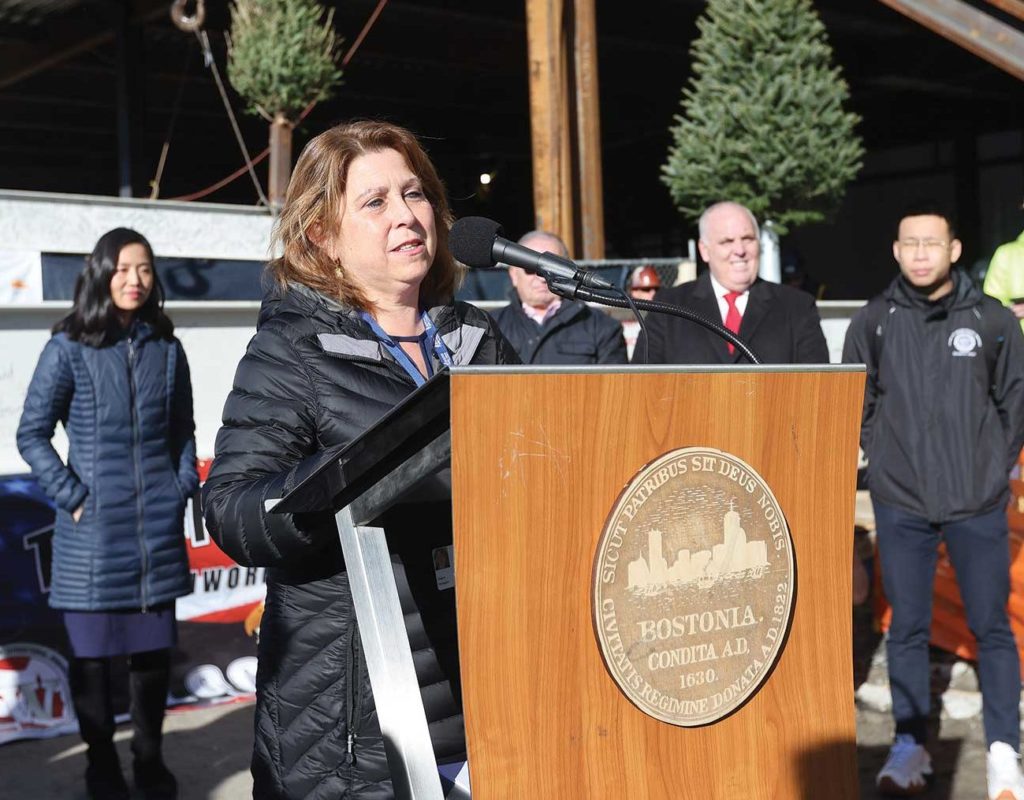
In 2002, when Mary Skipper was appointed headmaster at Tech Boston, the former Dorchester High School building housed two other schools: Noonan Business Academy and Academy of Public Service. When she left 11 years later, Tech Boston was the only community left.
Her tenure at the helm of the schools gave her hands-on experience with school closures and mergers.
“I merged three times with different schools,” she said. “And I saw how difficult that was for the communities that were having to say goodbye to an area of the city or to a space.”
Now, as superintendent, Skipper will be the point person as Boston Public Schools (BPS) undergoes a $2 billion process through which officials in the administration of Mayor Michelle Wu hope to renovate existing schools and construct new school buildings that give all students access to modern facilities with cafeterias, auditoriums, gymnasiums and libraries — amenities lacking in many of the district’s smaller school buildings.
The process, which the Wu administration has dubbed the Green New Deal for BPS, will likely house existing small school communities in larger new buildings or renovated buildings, necessitating more mergers and school closures. In a district that has seen 70% of its school communities merged, reconfigured or closed over the last two decades, the prospect of another round of such consolidations is already stirring up opposition.
Skipper says the process will help BPS deliver students a better quality education.
“What we’re hoping to be able to see in the Green New Deal and in our thoughts around mergers, consolidations, closures, in the sense of closure to merge, is that either students will have access to a new building, or students will have access to a renovated building that allows them the opportunity, wherever possible, to have the types of spaces that allows us to build a strong academic foundation for them,” she said.
Ongoing process
The district is also in the midst of several mergers: the Sumner and Philbrick schools in Roslindale, the Shaw and Taylor schools in Dorchester and Mattapan, and the merger of the Hyde Park-based Boston Community Leadership Academy (BCLA) and the Dorchester-based McCormack school. While BPS announced a merger between the Clap and Russell elementary schools in Dorchester, the plan was withdrawn.
All three of the ongoing merger processes have sparked fierce parent pushback from parents and teachers at the schools. Shaw parents say the district has destabilized their school community by denying them previously-agreed-on grade expansion plans and repeatedly threatening the school with closure.
“Of course they’re going to have declining enrollment,” said Edith Bazile, a former teacher at the school.
At the McCormack school, which district officials initially sought to close in 2018, the merger with BCLA — proposed by teachers and parents from both schools later that year — was seen as a way to save both communities from closures.

Mayor Michelle Wu and Superintendent of Boston Public Schools Mary Skipper joined members of BPS for an unveiling of 20 newly purchased electric school buses. PHOTO: JEREMIAH ROBINSON, MAYOR’S OFFICE
Five years later, the plans for the merger have been put on hold due to “limited space and other operation constraints,” Skipper informed the school communities in a letter.
“How can closures or even mergers be considered at this point, without a full, transparent and authentic process that asks and answers real questions about our schools?” asked Megan Wolf, a member of the parent group Quality Education for Every Student, who spoke during a Dec. 13 City Council hearing.
Wolf pointed out that the district advertised for a senior project manager for school closures in December of 2021, as Wu was taking office.
In the same hearing, Ruby Reyes, executive director of the Boston Education Justice Alliance, called for a moratorium on school closures and major facilities decisions until the district releases a master facilities. She called for “authentic community engagement about the decisions on the future of the city’s schools.”
A new approach?
Skipper said BPS is currently conducting a facilities conditions report as well as a pre-K to 6 and 7-12 study that will assess what school designs best meet the needs of students.
“We see those two reports as being foundational in building the work toward our vision of mergers and consolidations,” she said, acknowledging the fact that some mergers have already begun.
The district has hit the reset button on McCormack/BCLA merger because of concerns from the school community about the process so far, Skipper said. While the school communities were promised a renovation of the McCormack, the district’s work on the building has been limited to two new science labs, a storage space for science equipment and a life skills room.
The merger has been put off while district officials confer with members of both school communities to assess their needs, Skipper told the Banner.
“I think before, we were sort of seeing these as facilities projects, but they’re so much more than that,” she said. “There’s an aspect of a facilities project, but this is really about communities coming together and changing configuration. There’s human capital issues, transportation issues, that all roll up into an engagement process.”
The McCormack process, or lack thereof, points to a larger problem with the district’s approach to mergers.
“Before, our communities weren’t really clear on why they were being asked to merge, why the timeline and what they could expect,” Skipper said. “What we’ve recommitted to do in the process most recently with Sumner/Philbrick and then with Shaw and Taylor was to start to put onto the table those missing pieces of information.”
Through dialogue with the affected school communities, Skipper says the district can alter timelines, identify swing spaces for schools during renovations and come up with plans that respond better to their needs.
A shrinking district
Ultimately, some school buildings likely will have to close. Skipper said many of the district’s smaller buildings, such as the one in which the Shaw is located, house single-strand schools, those in which there is only enough space for one class at each grade level, which deprives students of opportunities afforded those in larger buildings.
“They just are more limiting in the student experience, in the ability to do full programming like inclusion, like bilingual education,” she said. “It’s very hard to achieve that, or full complementary with arts and music, when you have one single strand.”
With increasing numbers of families leaving the city — many due to rising rents and home prices in the city — BPS likely will be serving a smaller student body. The district recorded 48,268 students enrolled for the current school year, down from 56,010 in 2017. Skipper said the new and renovated buildings the district is planning will ensure that resources such as access to sports, art classes and other enriching activities are evenly distributed among the students enrolled in the system.
“We will be a smaller system, for sure, in the sense of the number of buildings,” she said, “but the plan and the vision is for it to be a much richer experience for our students, because we’re really able to leverage resources in a way we can’t do right now.”



